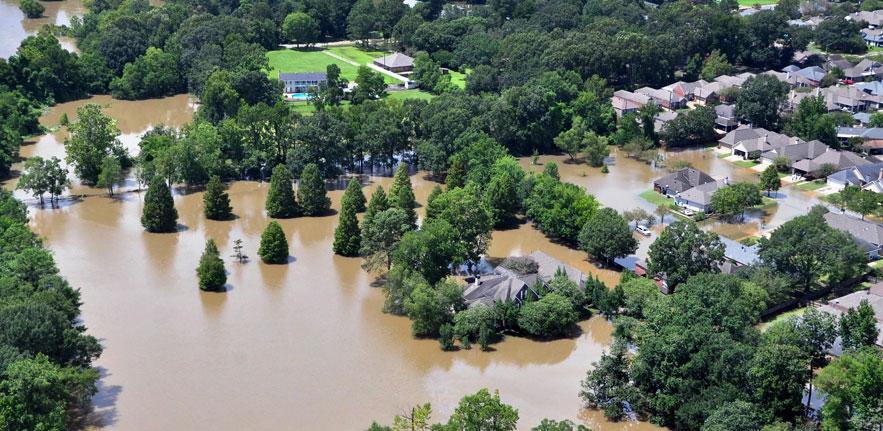
Why risk and resilience matters
Financial institutions and their regulators are recognising that environmental and social issues are now increasingly material drivers of mainstream credit, market and operational risks. This is a major shift from their historical treatment as solely reputational risks.
The Financial Stability Board’s Taskforce on Climate-related Financial Disclosures (TCFD) has been a major driver of this trend. The TCFD recommends that firms use forward-looking scenario analysis to assess climate risks. This is a necessary reflection of the fact that both the physical risks of extreme weather events and the transition risks derived from the shift to a net zero carbon economy will not mimic historical trends. 2021 sees the publication of the Dasgupta Review of the Economics of Biodiversity and launch of the Taskforce for Nature-related financial disclosures (TNFD), in recognition of how environmental sources of risk are vaster than those posed by climate change alone.
Using scenario analysis to integrate environmental risks into routine financing decisions presents most financial institutions and regulators with new challenges. If these can be overcome, the terms on which capital is provided will take better account of the true environmental risks different business activities face. One powerful application is to change how financial institutions assess the resilience of investments in infrastructure to climate risks.
What is CISL is doing about it?
Cambridge’s strengths across both the natural and social sciences give rise to opportunities for truly multi-disciplinary centres of excellence, such as the Cambridge Centre for Risk Studies, the Cambridge Conservation Initiative and the Centre for Environment, Energy and Natural Resource Governance.
Against this backdrop, CISL works with insurers, banks and investors to develop practitioner-owned methodologies that help industry address how to identify environmental sources of financial risk and integrate environmental scenario analysis into their decisions and direct capital towards sustainable infrastructure.
We advise central banks and financial regulators on appropriate actions they can take and we develop research insights that deepen our collective understanding of the links between environmental and social trends and financial risk.
Current programmes of work
Nature-related financial risks
The Banking Environment Initiative and Investment Leaders Group are working closely with banks and asset managers to:
- Identify and assess the financial risks of nature loss
- Determine a common language and framework for risk identification, so that nature-related financial risks can begin to be measured and managed by industry leaders.
The programme has so far published:
- Briefings detailing the current ways biodiversity loss and land degradation can be seen as financially material, underscoring that materiality but also the limitation of current methods.
- A handbook for nature-related risks, explaining key concepts and providing a framework for risk identification
- An introduction to nature-related finance
During 2021, we are creating with banks and asset managers use cases that demonstrate specific nature-related financial risks. These use cases will showcase methodologies that aim to bring home more precisely how nature loss is a risk to financial institutions.





